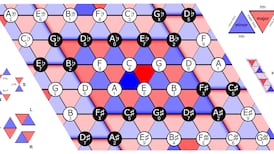Stars die every day but sometimes they do so in a spectacular fashion. And the show gets even better when there are two stars at the end of their days.
This is an image of the "Twin Jet Nebula" taken by the Nasa/Esa Hubble Space Telescope and released this week by the space agencies. Also known as the PN M2-9 nebula, it was formed by a pair of stars orbiting one another that have gone past middle age and are now in their death throes.
They do not intend to go quietly, however, and can end their days in spectacular fashion. They can form two jets of gas streaming through either side of the nebula like a beacon. Astronomers estimate the jets of gas are travelling away from the star system at a million kilometres per hour.
Most planetary nebulae have only one star at their centre but PN M2-9 has two, one slightly smaller than our sun, the other slightly larger.
The stars’ outer layers are feeding those jets and also forming the wings of this butterfly-like nebula. And the still bright stellar cores are illuminating the gas as it forms the wings.
These wings allow the astronomers to measure how long ago they began their expansion. This suggests that the nebula started to form 1,200 years ago.
A single star planetary nebula typically looks like a ball of gas surrounding the star but this twin star system formed the two projections to make a butterfly. Astronomers are still debating whether you must have a twin star to have a bipolar nebulae.











